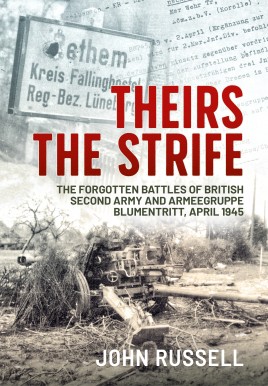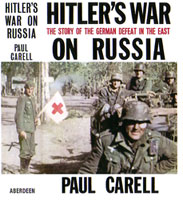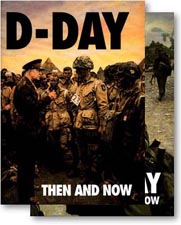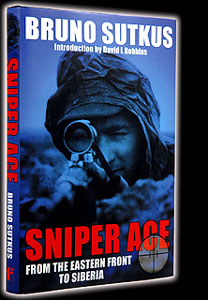Description
Meticulously researched and published in the 75th anniversary year of the events it describes, Theirs the Strife tells the story of a series of bitter actions fought by VIII and XII Corps to cross the three rivers. Historians have paid little attention to these final weeks, with the few British narratives hurrying from the Rhine to the surrender on Lüneburg Heath and at best making only passing reference to the actions fought en route. The lack of coverage of the fighting has given rise to a perception that in effect there was none and that the advances through Germany and the Netherlands were trouble-free ‘swans’. Nothing could be further from the truth and 21st Army Group suffered heavy casualties during its final battles against the forces of a cornered regime. There is also a commonly-held perception that by 1945 Second Army was at its most potent, when in reality much of it was exhausted and extremely casualty conscious, with the infantry in particular nearly worn out both quantitatively and qualitatively. Furthermore, and largely the product of contemporary photographs and newsreels, there is a misconception that in April 1945 the German Army did little more than surrender. This also is mistaken and many of the German units in the account will fight with courage and resilience. There are therefore more similarities between the opposing combatants than might be assumed and they are both faced with the same challenge: summoning up the courage to prosecute a war to its bloody conclusion.
Although parts of the book were previously published as No Triumphant Procession, which had as its central theme the actions fought by XII Corps against the naval division, Theirs the Strife reflects many years of additional research by the author and provides a significantly broader history by embracing VIII Corps’ actions against the division. In particular it describes the detail of 6th Airborne and 11th Armoured Division’s hard-fought battles for bridgeheads over the Weser, 11th Armoured Division’s demanding advance to the Aller, the subsequent battle for the Essel bridgehead and the heavily contested advance to Winsen. The book includes air actions by the RAF and Luftwaffe, the impact of Ultra decrypts and there are two contextual chapters recording the organization, equipment and state of the participating British and German forces. The Epilogue explores the British strengths and weaknesses and provides an in-depth analysis of why some German units offered stubborn resistance so close to the war’s end.
This book is no dry piece of military history. Much of the narrative is set at battalion level and below, is studded with firsthand accounts and photographs, and supported by over 100 maps and figures, giving the reader unparalleled understanding of the actions. The book fills a significant gap in our knowledge of this period and, in the 75th anniversary year of the actions it describes, is a fitting and long-overdue testament to the men of both sides who had to fight in sight of peace.





